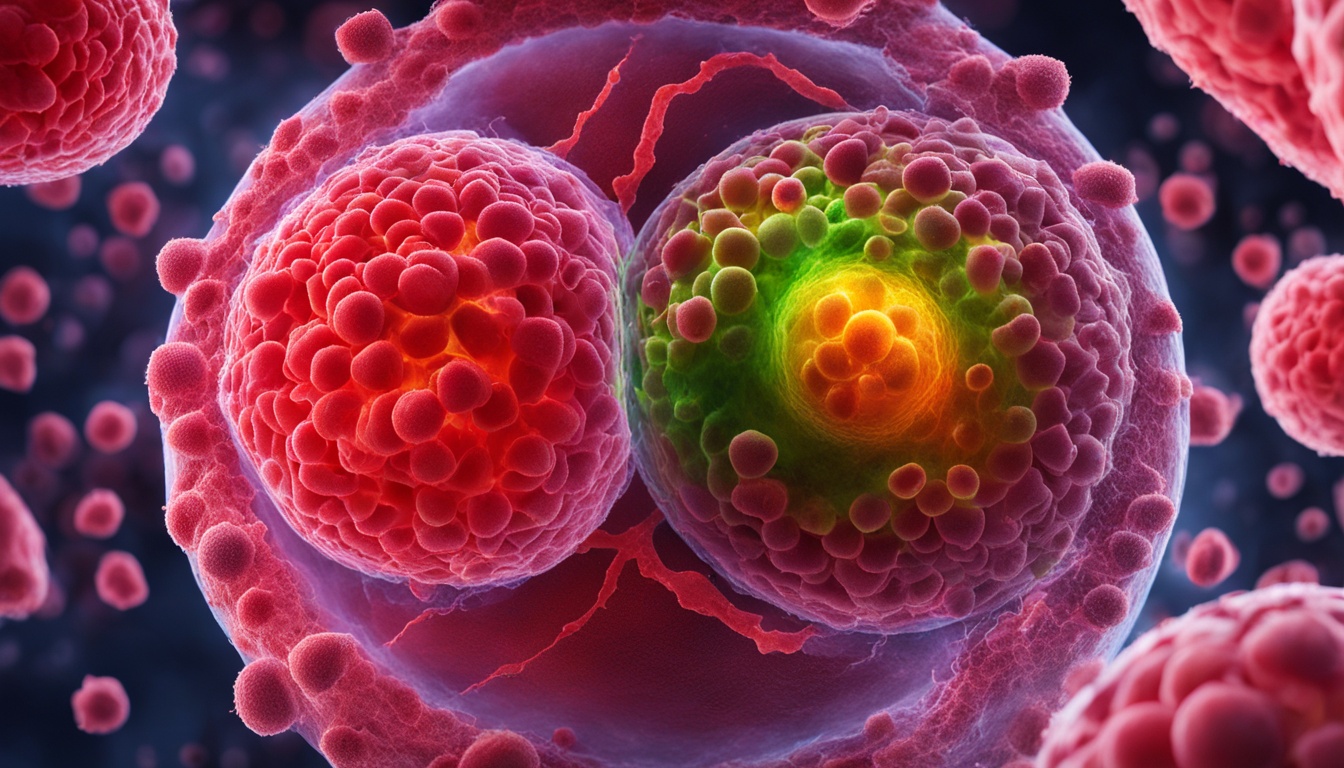Sepsis is a severe reaction to an infection, which can be life-threatening. The immune system responds by releasing cytokines, leading to inflammation. This inflammation can reduce blood flow and lower oxygen in organs, causing septic shock. The World Health Organization reports that sepsis hits over 30 million people a year and leads to about six million deaths.
Symptoms of sepsis include a high fever, fast heart rate, and trouble breathing. You might also feel confused or have a lot of pain. Bacterial infections like streptococcus pneumoniae, as well as urinary and gut infections, are common culprits. Sepsis is diagnosed by checking for an infection and certain signs of inflammation. Quick, proper treatment with antibiotics is key. In serious situations, you’ll need hospital care and close medical attention.
Now, stem cell therapy and methods to block HMGB1 protein are being explored as treatments for sepsis. After surviving sepsis, some people might face challenges with thinking or moving, known as post-sepsis syndrome. Newborns can also get sepsis, which is called neonatal sepsis. It’s vital to find and treat sepsis early to have the best chance at recovery.
Key Takeaways:
- Sepsis is a life-threatening systemic response to an infection.
- Common symptoms of sepsis include Fever, rapid heart rate, difficulty breathing, confusion, and extreme pain or discomfort.
- The most common causes of sepsis are bacterial infections, including streptococcus pneumoniae and urinary and gastrointestinal infections.
- Sepsis can be diagnosed based on the presence of infection and systemic inflammatory response syndrome (SIRS) criteria.
- Early and appropriate antibiotic therapy is crucial in the treatment of sepsis.
Signs and Symptoms of Sepsis
Sepsis is a serious condition that goes through three stages. Knowing the signs at each phase is key to early treatment.
Early Sepsis
In the first stage, you might have a fever and a fast heart rate. You could also breathe quickly and see redness or swelling.
These are your body’s first steps in fighting an infection off.
Severe Sepsis
As sepsis gets worse, your organs may not work right. You might notice these signs:
- Problems with blood clotting
- Injury to the layer of blood vessels
- Too many inflammatory substances
- A lack of a certain type of white blood cells
- Tissue death
- Changes in how your body uses energy
Severe sepsis can harm your liver, lungs, heart, and kidneys. This causes big problems in your body.
Septic Shock
In the worst stage, septic shock, many organs can fail. This leads to very high chances of dying. Signs of septic shock are:
- Your blood pressure dropping fast
- Your organs not getting enough oxygen
Septic shock is very serious and dangerous. It means your body is in big trouble.
To show how sepsis stages change, look at the table below:
| Stage | Symptoms |
|---|---|
| Early Sepsis | Fever, rapid heart rate, rapid breathing, signs of inflammation |
| Severe Sepsis | Problems with blood clotting, injury to blood vessel lining, too many inflammatory substances, a drop in white blood cells, tissue death, energy use changes |
| Septic Shock | Your blood pressure drops fast, organs don’t get enough oxygen |
Causes and Risk Factors of Sepsis
Sepsis is a life-threatening problem caused by harmful germs. For example, bacteria like Escherichia coli and viruses such as influenza can trigger it. Bacteria types such as Gram-negative and Gram-positive also play a role because of what they release.
Many factors can increase your risk of sepsis. These include a weak immune system, very young or old age, big surgeries or injuries, certain medical procedures, and diseases like diabetes and AIDS. Quick and correct diagnosis of the infection source is crucial for treating sepsis effectively.
Conclusion
In a nutshell, sepsis management starts with finding it early and treating it quickly. The key steps include using antibiotics, intensive care, and tackling the source of the infection. How well someone does with sepsis depends on many things, like how bad the sepsis is, their health, and any extra problems.
If someone survives sepsis, they might face tough times with thinking and moving. This is called post-sepsis syndrome. It’s a key point to remember.
Neonatal sepsis is sepsis in newborns. It needs quick action for the best results. Knowing the signs and dangers of sepsis helps catch it early and treat it right. Plus, new treatments like stem cell therapy and blocking HMGB1 protein look promising.
Learning about early signs, good treatments, and new studies helps us fight sepsis. We can all make a difference by knowing more, acting fast, and supporting better care. Together, we can improve how we deal with this severe illness.

